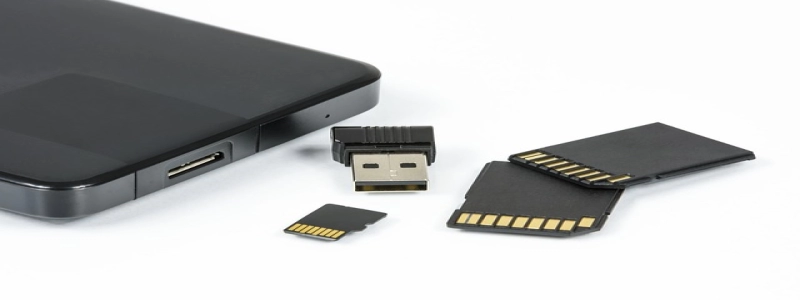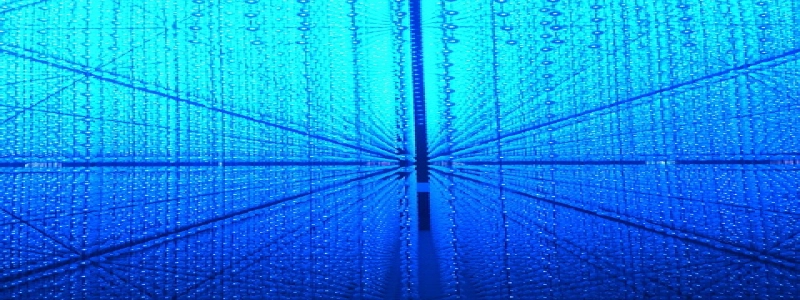Fiber Optic Transceiver Types
Introduction
Fiber optic transceivers are essential components in modern telecommunications systems that enable the transmission of data over optical fibers. They convert electrical signals into optical signals for transmission and then reconvert them back into electrical signals upon reception. This article will provide an in-depth explanation of the different types of fiber optic transceivers commonly used in telecommunications.
Single Mode Transceivers
Single mode transceivers are designed to operate on single mode optical fibers, which have a narrow core diameter typically around 9 microns. These transceivers use laser diodes as the light source, which emit a focused beam of light that travels down the fiber with minimal dispersion. Single mode transceivers offer long-distance transmission capabilities, making them suitable for use in long-haul network applications such as telecom and enterprise networks.
Multimode Transceivers
Multimode transceivers are designed to work with multimode optical fibers, which have a larger core diameter typically ranging from 50 to 62.5 microns. These fibers allow multiple modes of light to propagate, resulting in a higher dispersion of the transmitted signals. Multimode transceivers typically use vertical-cavity surface-emitting lasers (VCSELs) as the light source, which emit a broader beam of light that is less focused than laser diodes. They are commonly used in short-distance applications such as data centers and local area networks.
Bidirectional Transceivers
Bidirectional transceivers, also known as BiDi transceivers, are capable of transmitting and receiving data on a single optical fiber by using two different wavelengths. This allows for full-duplex communication over a single fiber, reducing the need for additional fibers and improving overall network efficiency. BiDi transceivers typically employ wavelength-division multiplexing (WDM) technology to transmit and receive signals simultaneously at different wavelengths.
Small Form-Factor Pluggable (SFP) Transceivers
SFP transceivers are a popular type of fiber optic transceiver due to their small size and hot-swappable capability. They are often used in switches, routers, and network interface cards. SFP transceivers support various types of optical fibers, including both single mode and multimode fibers, and offer different data rates and transmission distances depending on the specific model.
Quad Small Form-Factor Pluggable (QSFP) Transceivers
QSFP transceivers are larger than SFP transceivers but offer higher data transmission rates. They are commonly used in high-speed network applications such as data centers and high-performance computing. QSFP transceivers support both single mode and multimode fibers and can provide data rates of up to 400Gbps, allowing for ultra-fast data transmission over short distances.
Conclusion
In summary, fiber optic transceivers are essential components in modern telecommunications systems. They come in various types designed for different applications and optical fiber types. Single mode transceivers are suitable for long-distance transmission, while multimode transceivers are commonly used in short-distance applications. Bidirectional transceivers enable full-duplex communication over a single fiber, reducing the need for additional fibers. SFP and QSFP transceivers offer small form-factor and high-speed capabilities, respectively. Understanding these different types will help in selecting the appropriate transceivers for specific telecommunications needs.








